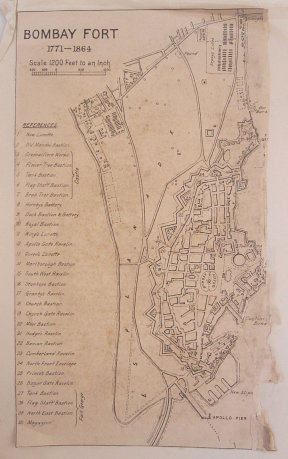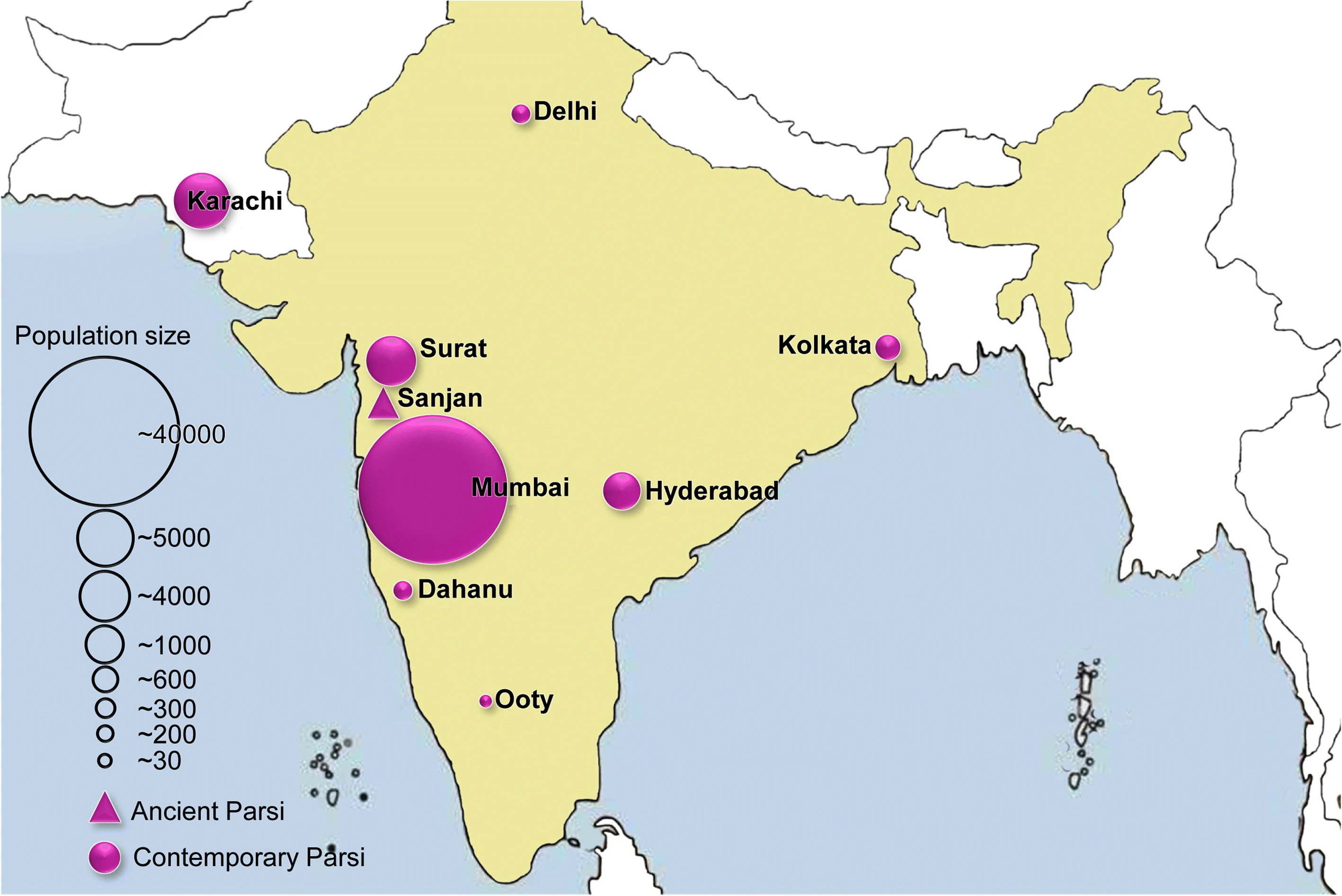|
Hirji Vacha Modi
Hirji Vacha Modi known by many orthographic variations including ''Mody Hirjee Wacha'' was a wealthy Parsi businessman who was responsible for constructing the first Parsi Tower of Silence in Mumbai in 1672. He also built the first fire temple in Mumbai in the Modikhana area of Fort in 1671. This was later destroyed in the great fire of 1803. He was also a founder of the Bombay Parsi Punchayet The Bombay Parsi Punchayet (Also known as ''Bombay Parsi Panchayat'', ''Bombay Parsi Panchayet'' or ''BPP'') is the apex body representing the Parsi Zoroastrian Community in Mumbai. BPP was founded in the 1670s. It is a charitable trust and is th .... References Parsi people from Mumbai Businesspeople from Mumbai {{India-business-bio-stub ... [...More Info...] [...Related Items...] OR: [Wikipedia] [Google] [Baidu] |
Parsi People
Parsis () or Parsees are an ethnoreligious group of the Indian subcontinent adhering to Zoroastrianism. They are descended from Persians who migrated to Medieval India during and after the Arab conquest of Iran (part of the early Muslim conquests) in order to preserve their Zoroastrian identity. The Parsi people comprise the older of the Indian subcontinent's two Zoroastrian communities vis-à-vis the Iranis, whose ancestors migrated to British-ruled India from Qajar-era Iran. According to a 16th-century Parsi epic, ''Qissa-i Sanjan'', Zoroastrian Persians continued to migrate to the Indian subcontinent from Greater Iran in between the 8th and 10th centuries, and ultimately settled in present-day Gujarat after being granted refuge by a local Hindu king. Prior to the 7th-century fall of the Sassanid Empire to the Rashidun Caliphate, the Iranian mainland (historically known as 'Persia') had a Zoroastrian majority, and Zoroastrianism had served as the Iranian state religion ... [...More Info...] [...Related Items...] OR: [Wikipedia] [Google] [Baidu] |
Tower Of Silence
A ''dakhma'' ( fa, دخمه), also known as a Tower of Silence, is a circular, raised structure built by Zoroastrians for excarnation (that is, the exposure of human corpses to the elements for decomposition), in order to avert contamination of the soil and other natural elements by the dead bodies. Carrion birds, usually vultures and other scavengers, consume the flesh. Skeletal remains are gathered into a central pit where further weathering and continued breakdown occurs. History Zoroastrian ritual exposure of the dead is first known of from the writings of the Ancient Greek historian Herodotus (mid-5th century BCE), who observed the custom amongst Iranian expatriates in Asia Minor. In Herodotus' account ('' Histories'' i.140), the Zoroastrian funerary rites are said to have been "secret", but were first performed after the body had been dragged around by a bird or dog. The corpse was then embalmed with wax and laid in a trench. The discovery of ossuaries in both ... [...More Info...] [...Related Items...] OR: [Wikipedia] [Google] [Baidu] |
Mumbai
Mumbai (, ; also known as Bombay — the official name until 1995) is the capital city of the Indian state of Maharashtra and the ''de facto'' financial centre of India. According to the United Nations, as of 2018, Mumbai is the second-most populous city in India after Delhi and the eighth-most populous city in the world with a population of roughly 20 million (2 crore). As per the Indian government population census of 2011, Mumbai was the most populous city in India with an estimated city proper population of 12.5 million (1.25 crore) living under the Brihanmumbai Municipal Corporation. Mumbai is the centre of the Mumbai Metropolitan Region, the sixth most populous metropolitan area in the world with a population of over 23 million (2.3 crore). Mumbai lies on the Konkan coast on the west coast of India and has a deep natural harbour. In 2008, Mumbai was named an alpha world city. It has the highest number of millionaires and billionaires among all cities i ... [...More Info...] [...Related Items...] OR: [Wikipedia] [Google] [Baidu] |
Fort (Mumbai Precinct)
Fort is a business and art district in the city of Mumbai, Maharashtra. The area gets its name from the defensive fort, Fort George, built by the British East India Company around Bombay Castle. The area extends from the docks in the east, to Azad Maidan in the west; Chhatrapati Shivaji Maharaj Terminus in the north to Kala Ghoda in the south. This area is the heart of the financial markets of the city & multiple British era structures are located in this neighbourhood. History The Fort area was declared protected under regulations of the Maharashtra Government Urban Development Department. An advisory committee now oversees the development, repairs and renovations of structures in the precinct. In 1882, Bomanjee Hormarjee Wadia Clock Tower was erected using public funds as a token of appreciation for Bomanjee Hormarjee, a Parsi philanthropist who made contributions towards improving education in Bombay. The Fort neighbourhood of Mumbai was the first part to be developed by ... [...More Info...] [...Related Items...] OR: [Wikipedia] [Google] [Baidu] |
Bombay Parsi Punchayet
The Bombay Parsi Punchayet (Also known as ''Bombay Parsi Panchayat'', ''Bombay Parsi Panchayet'' or ''BPP'') is the apex body representing the Parsi Zoroastrian Community in Mumbai. BPP was founded in the 1670s. It is a charitable trust and is the city's largest private landlord controlling over 5500 houses meant for lower and middle class members of the Parsi community. It is also the Mumbai's oldest and richest charity. The trust is the caretaker of Parsi properties in Mumbai such as B.D. Petit Parsee General Hospital, Parsi Lying-in Hospital and Doongerwadi, a 55 acre property housing a Tower of Silence in the city. BPP is run by a board of trustees which are elected by more than 25,000 Parsi residents of the city. There have been a number of trustees through the existence of Bombay Parsi Panchayat. For example, in the year 2008, there were 7 trustees who took charge namely Arnavaz Mistry, Dinshaw Mehta, Jimmy Mistry, Khojeste Mistre, Yazdi Desai, Rustom Tirandaz, and Noshir ... [...More Info...] [...Related Items...] OR: [Wikipedia] [Google] [Baidu] |
Parsi People From Mumbai
Parsis () or Parsees are an ethnoreligious group of the Indian subcontinent adhering to Zoroastrianism. They are descended from Persians who migrated to Medieval India during and after the Arab conquest of Iran (part of the early Muslim conquests) in order to preserve their Zoroastrian identity. The Parsi people comprise the older of the Indian subcontinent's two Zoroastrian communities vis-à-vis the Iranis, whose ancestors migrated to British-ruled India from Qajar-era Iran. According to a 16th-century Parsi epic, ''Qissa-i Sanjan'', Zoroastrian Persians continued to migrate to the Indian subcontinent from Greater Iran in between the 8th and 10th centuries, and ultimately settled in present-day Gujarat after being granted refuge by a local Hindu king. Prior to the 7th-century fall of the Sassanid Empire to the Rashidun Caliphate, the Iranian mainland (historically known as 'Persia') had a Zoroastrian majority, and Zoroastrianism had served as the Iranian state religion ... [...More Info...] [...Related Items...] OR: [Wikipedia] [Google] [Baidu] |




